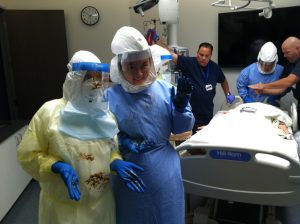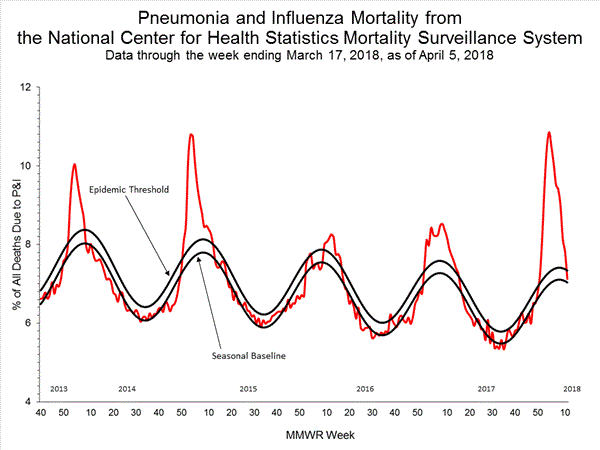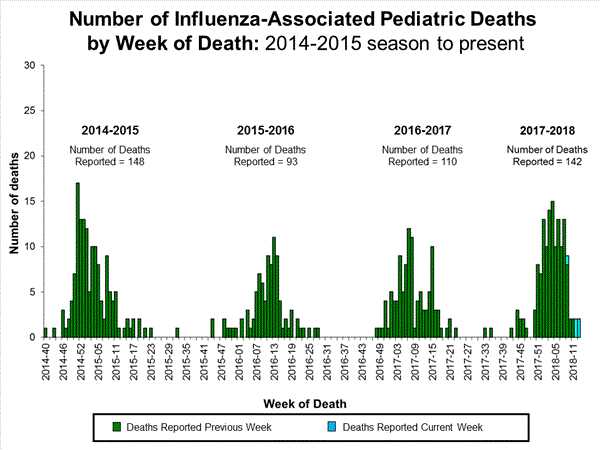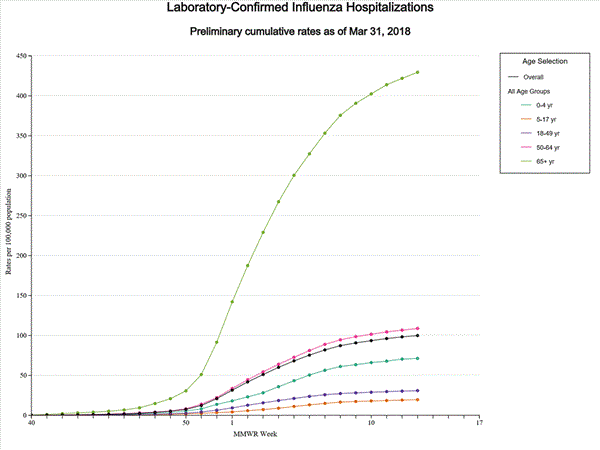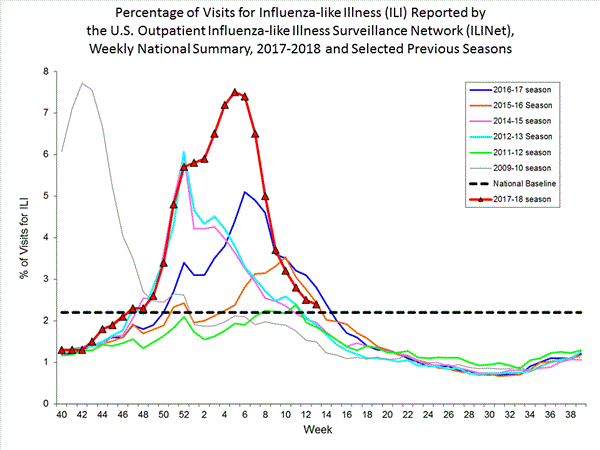At the end of March 2018, a total of 2189 laboratory-confirmed cases of Middle East respiratory syndrome (MERS), including 782 associated deaths (case–fatality rate: 35.7%) were reported globally; the majority of these cases were reported from Saudi Arabia (1814 cases, including 708 related deaths with a case–fatality rate of 39%).
In March, 7 laboratory-confirmed cases of MERS were reported in Saudi Arabia including 1 associated death. A cluster-case from a hospital in Riyadh region was reported, with 6 laboratory-confirmed cases including 3 associated deaths. The date of onset of the first case was 23 February 2018. The date of onset of the last laboratory-confirmed case from the hospital cluster was 3 March 2018; since then, there have been no new cases reported from this cluster. Further investigation on the nature of transmission is ongoing.
The demographic and epidemiological characteristics of the cases reported in March 2018 do not show any significant difference compared to cases reported during the same period from 2012 to 2017. Owing to improved infection prevention and control practices in hospitals, the number of hospital-acquired cases of MERS has dropped significantly since 2015.
The age group 50–59 years continues to be at the highest risk for acquiring infection as primary cases. The age group 30–39 years are most at risk for secondary cases. The number of deaths is higher in the age group 50–59 years for primary cases and 70–79 years for secondary cases.”





